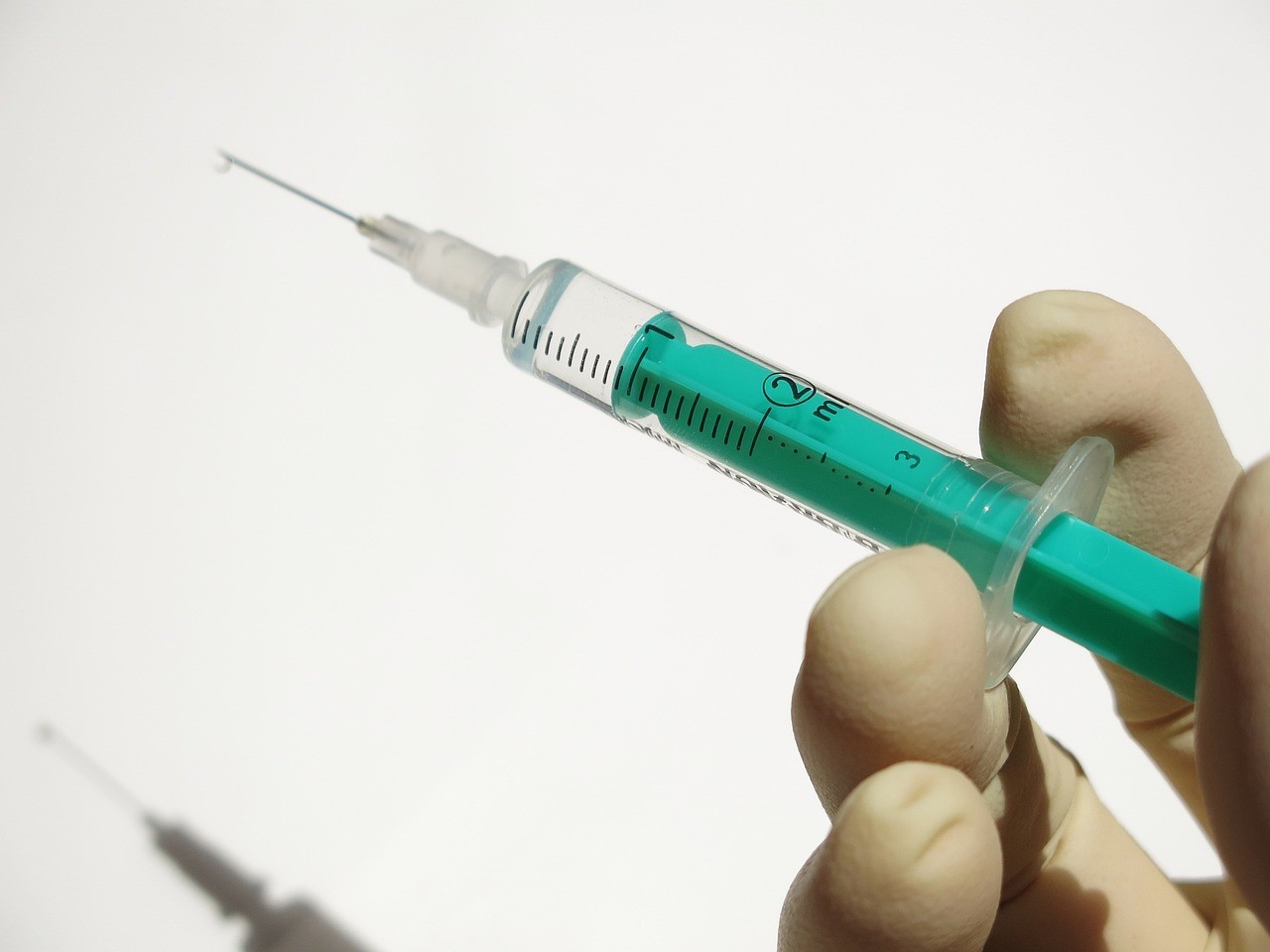
Medical internship “not totally broken” but “doesn’t reflect modern health care”
The Australian Health Ministers’ Advisory Council has published the Review of Medical Intern Training which aims to examine the purpose and the role of internship in today’s health system and its effectiveness as well as in supporting graduates’ career choice.
While stakeholders generally do not consider the internship to be totally broken, it is clearly not performing as well as it should. The internship in majority remains focused on training in the public hospital system. In addition to the issue, the substantial increase in graduates has created system pressures on the internship, leading to some overcapacity concerns and a need to ensure the increase is aligned with the planned growth trajectory of services, particularly as service models are changing.
To address these matters, 7 recommendations have been put forward in the review:
- That medical internships be changed to provide full patient clinical experience in a variety of settings, to require demonstration of specific capabilities and performance, to ensure a robust assessment and that doctors in training have sufficient responsibility to develop competence and confidence, and to enable and require a philosophy of individual accountability for learning.
- That the internship should have entry requirements that reflect agreed and defined expectations of work-readiness that graduates must meet before commencing.
- That the current model of internship move to an integrated, two-year transition to practice model, with the testing period being the final year of university and the first postgraduate year.
- That the rerevision of the intern registration standard, the development of a detailed and measurable two-year capability and performance framework, and a certification process for the two-year transition to practice model be undertaken within 1-2 years. Also within 2-5 years, evaluation of different models of capability assessment, evaluation of options for an e-portfolio, identification of accreditation arrangements for a two-year transition to practice model, and examination of the capacity to assess and certify the capabilities and performance required for general registration will occur.
- That career planning across the medical education continuum is better aligned with societal health and medical workforce needs. Specifically, that within 1-2 years, universities provide targeted career information to medical students and colleges make available information on entry requirements. Employers would provide career planning during the transition to practice period and jurisdictions provide best available data within 2-5 years.
- That expansion of training settings is further supported through jurisdictions and the private and not for profit sector, providing targeted access to Medicare billing arrangements, and analysis of the interns’ service contribution in different settings, all within 1-2 years.
- That identification of requirements for a national training survey to capture ongoing performance data and other relevant data indicators occur within 1-2 years. In addition, the provision of time-limited support for local innovative initiatives occurs within 2-5 years.
More resources and articles on My Health Career:
- Increased numbers of women in specialty medical training, an extra 344 commencing medical students in 2014
- GradStats from the turn of the century…. What are health graduates getting paid? What’s the employment rate?
- New medical schools – part of the problem or part of the solution? Q&A with NSW Medical Students’ Council Chair Neel Gobin and Public Relations Officer Christopher Lemon
